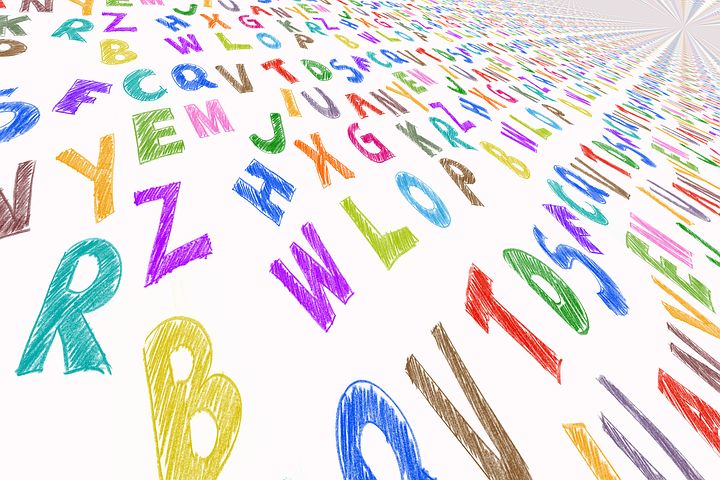Based on the long-running TV game show, The Price Is Right ESL game involves students guessing the price of products.
Setup
You will need to prepare a set of products (food, furniture etc.) that you can present to the class, along with their prices. As well as the product name, you will need the brand name and quantity if appropriate. You could find the prices online, or at a local supermarket.
If possible, project images of the products, but if not, you can also just write them on the board. Version 1 of the game requires you to present these products one at a time (e.g. in a slideshow). In Version 2 you present all the products at the same time. If you really want to go the extra mile, what about bringing the product packaging in for some added realia?
Divide the class into small teams of two or three students.
Game
Version 1
- Present the products one at a time.
- Give the teams about thirty seconds to think about how much it costs. Each team then gives you a price, which you write on the board.
- Reveal the real price, and award points for the closest guess(es).
- Repeat this with all the products, and the team with the most points at the end wins.
Version 2
- Present all the products at once at the start.
- The students then have a set amount of time (e.g. five minutes) to order the products from cheapest to most expensive. They have to write down this order, and also what they think the prices are.
- Taking each product in turn, elicit the class’ opinions as you reveal the correct order and prices. The teams gain one point for an item in the correct order and one for the guess(es) closest to the real price.
- The team with the most points at the end wins.
Target Language
The Price Is Right ESL game is perfect for practising numbers in money, as well as food and/or furniture vocabulary for the products. As such it is designed for beginner students (although it could also make a fun warmer or time-filler for higher level students). It also fits well with a class on the topic of shopping.
If you use the second version of the game, you can also practise the basic comparatives structure. You should instruct students to use language such as No, I think the chocolate is more expensive than the orange juice as they order the items in their teams. You should also ask them to give their opinions in this manner as you gradually reveal the correct list at the end (e.g. We think the bread is more expensive than the carrots, but we think it is more expensive than the cheese). As this practise is very repetitive and only covers one or two adjectives, it should be used with students who have just been introduced to the structure.
Got a picture or video of this activity in action? How about snapping one next time you use it? We'd love to showcase your submissions- find out more here.

